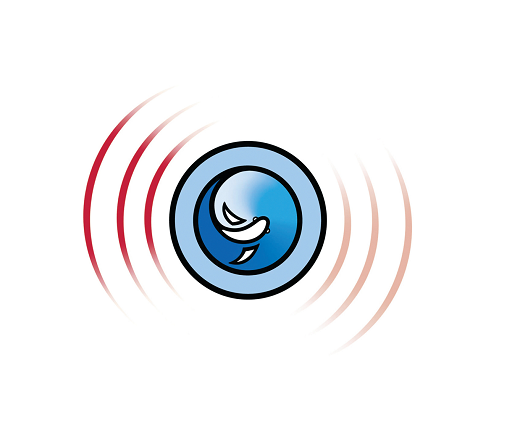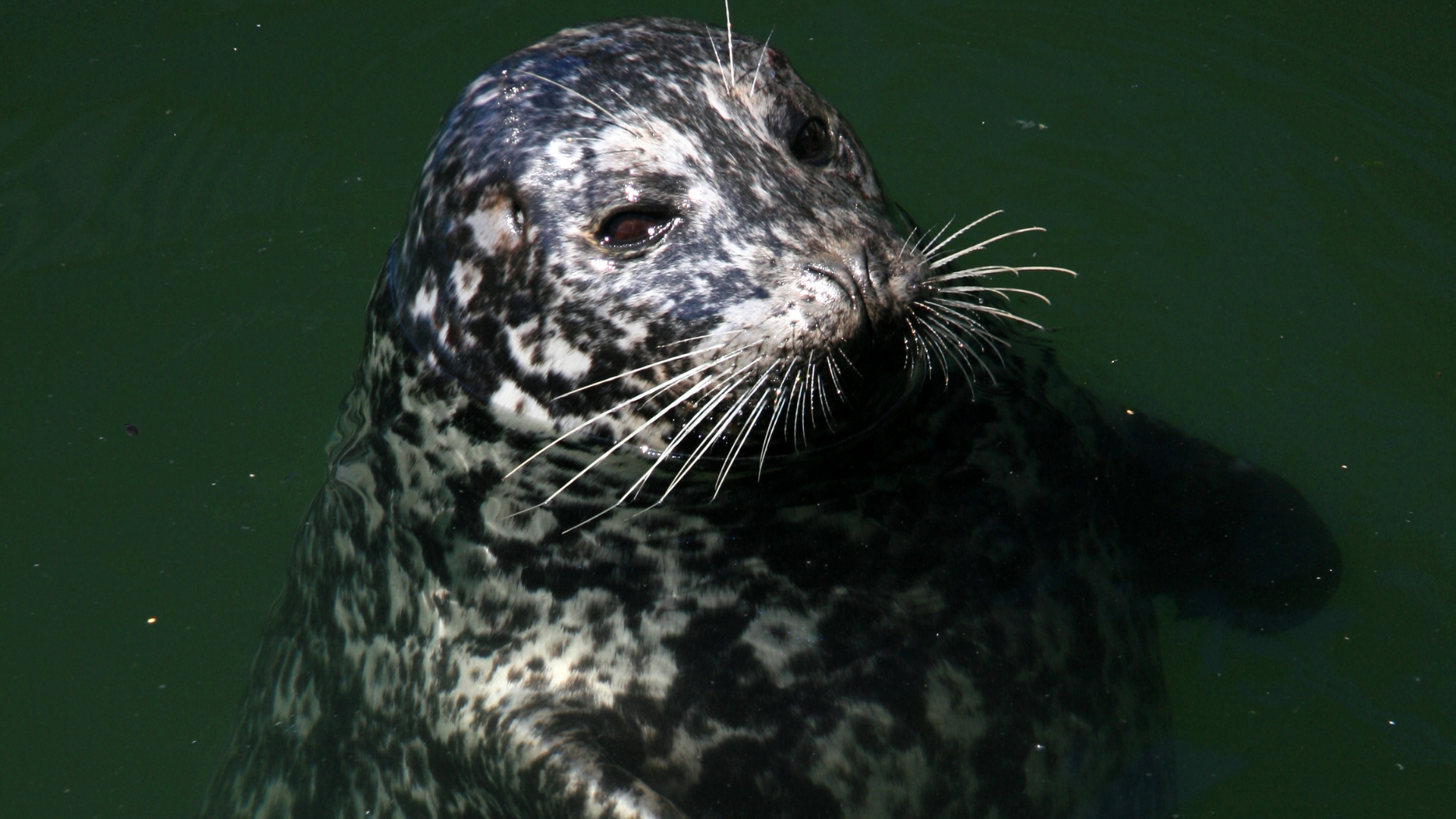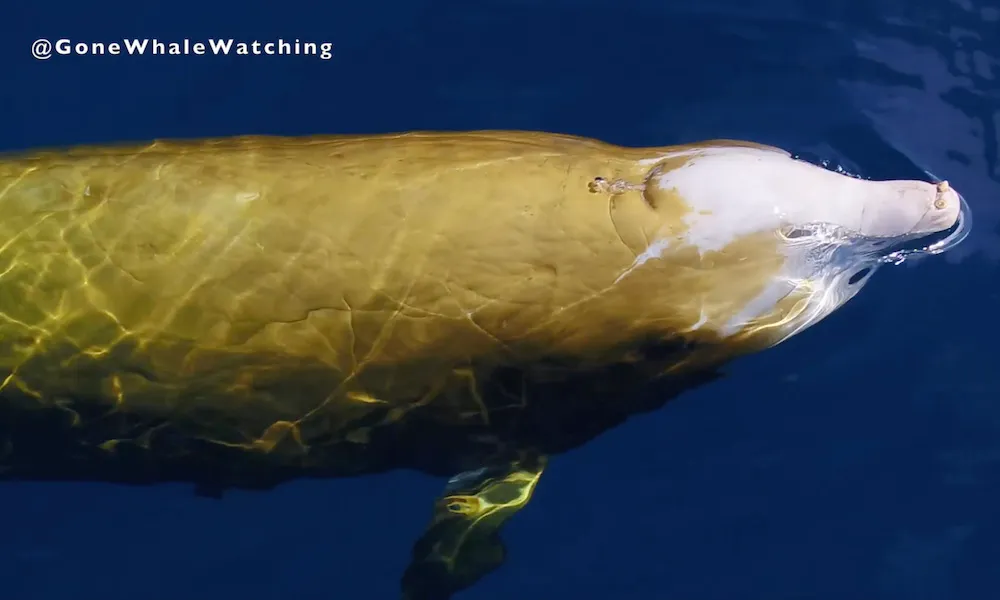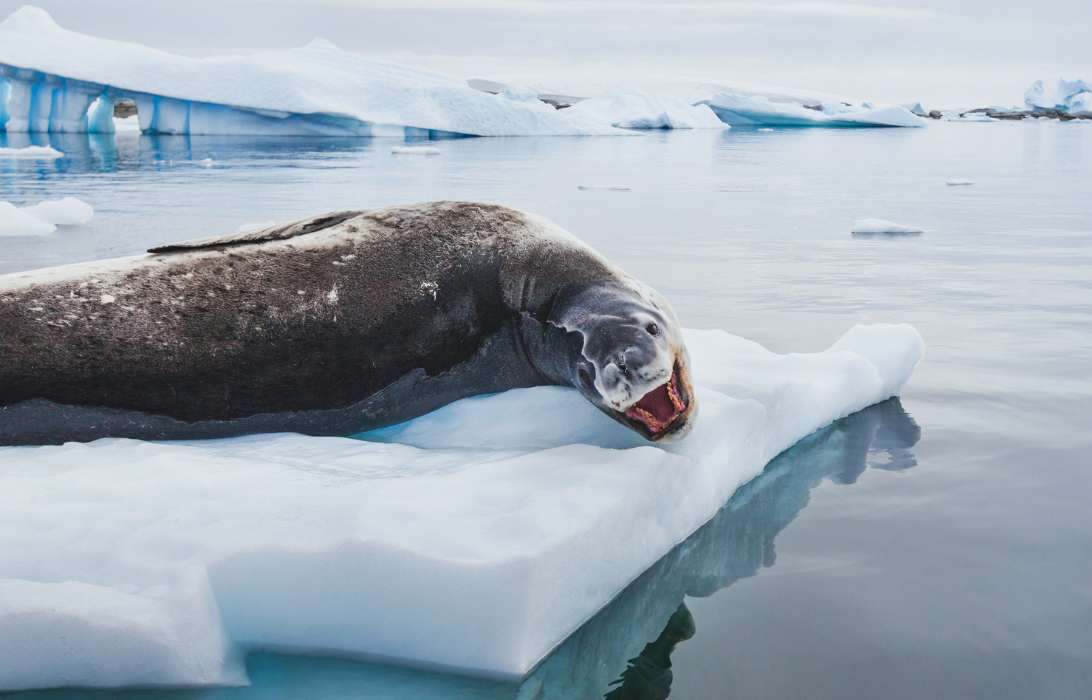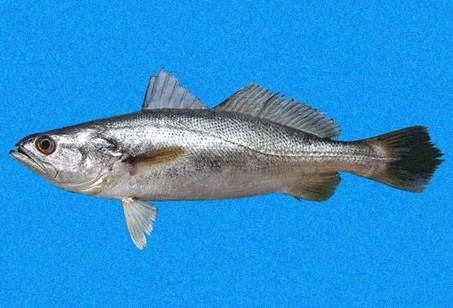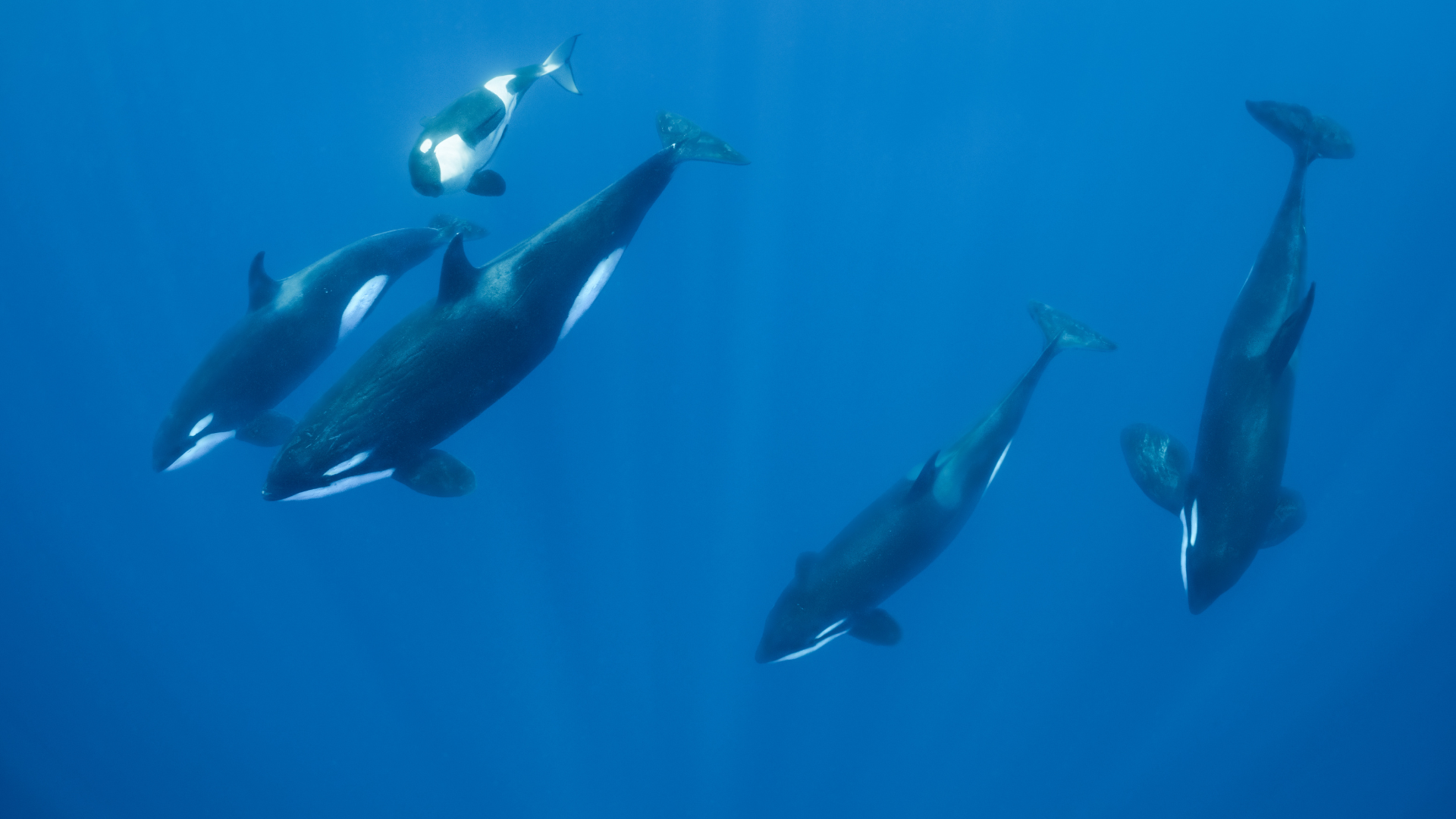Sounds of the Manatee
Manatees, also known as sea cows, have a unique vocalization system. They use a variety of sounds or vocalizations to communicate with each other, especially between mothers and calves. These sounds range from squeaks and chirps to more complex sequences, and are used for various purposes such as maintaining contact, signaling distress, or expressing pleasure.
Listen to for yourself in the audiographs below!

Sounds of the Manatee
Manatees, also known as sea cows, have a unique vocalization system. They use a variety of sounds or vocalizations to communicate with each other, especially between mothers and calves. These sounds range from squeaks and chirps to more complex sequences, and are used for various purposes such as maintaining contact, signaling distress, or expressing pleasure. Listen to for yourself in the audiographs below!
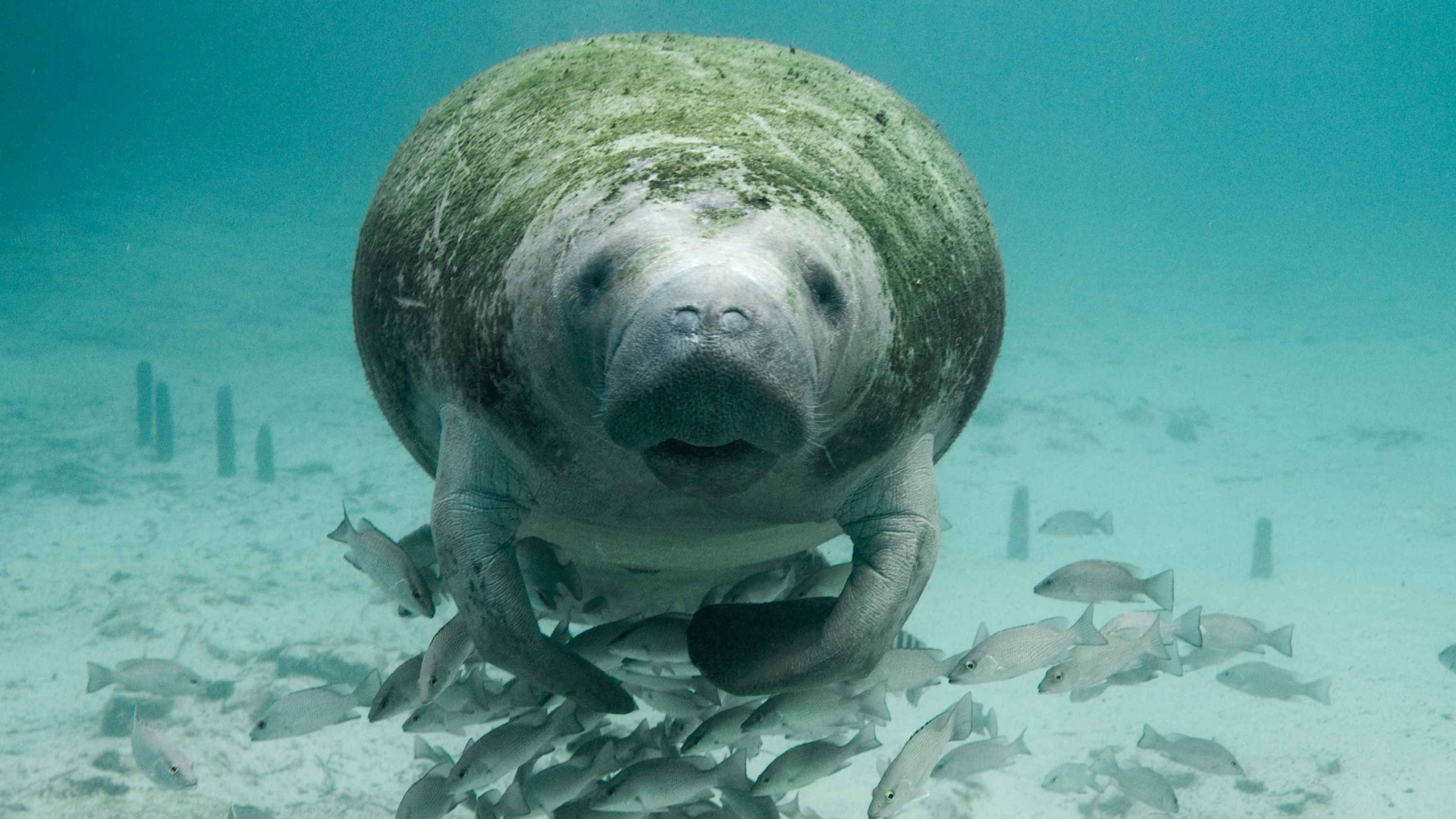
Manatee Facts
LATIN NAME Trichechus
LENGTH 2.4m – 3.9m (8 ft – 13 ft)
WEIGHT 363 kg to 544 kg (800 lb – 1,200 lb) One particularly large Florida manatee weighed 1,655 kg (3,650 lb.) Females are generally larger than males
LIFETIME Up to 65 years in captivity 50 – 60 years in the wild
PHYSICAL TRAITS The manatee’s body is streamlined-full around the middle and narrowing to a paddle-shaped tail. Manatees have small, flexible pectoral flippers that are used for steering, touching, scratching, and even embracing. West Indian and West African manatees have three or four fingernail-like the toenails on an elephant’s feet-at the tips of their flippers. Amazonian manatees lack fingernails. Manatee flippers have five digits that are covered by a thick layer of skin. This bone structure is similar to that of toothed whales, seals, and sea lions. Hind limbs are absent. Vestigial pelvic bones, which are not connected to the vertebral column, are found deep in the pelvic musculature. Manatees have no external discernable neck. Manatees do not have external ear flaps. The tiny opening to the ear canal is located several centimeters behind the eye.
BEHAVIOR Manatees are nonaggressive, nonterritorial herbivores that spend most of their time feeding (six to eight hours per day) and resting (two to twelve hours per day). The remainder of their day is spent traveling, investigating objects, and socializing by interacting with other manatees. Florida manatees (Trichechus manatus) produce five broadly defined call types (squeaks, squeals, high squeaks, chirps, squeak-squeals) but their use in social and nonsocial settings is unclear.
HABITAT The West Indian and West African manatees inhabit rivers, bays, canals, estuaries, and coastal areas rich in seagrass and other vegetation. They can live in fresh, saline (salt), and brackish waters. They move freely between extremes.
LOCATIONS 3 species exist from North America to the Gulf of Mexico, the Caribbean, New England, Florida to the Amazon all the way to Africa.
FOOD Manatees are primarily herbivores. They feed on a wide variety of submerged, emergent, floating, and shoreline vegetation. They will occasionally eat fish from nets
PREDATORS These gentle giants have few natural predators. Sharks, crocodiles, and large predatory fish are potential threats, but these instances are rare due to habitat differences. However, the greatest danger to manatees comes from human activities such as boat collisions and habitat destruction.


